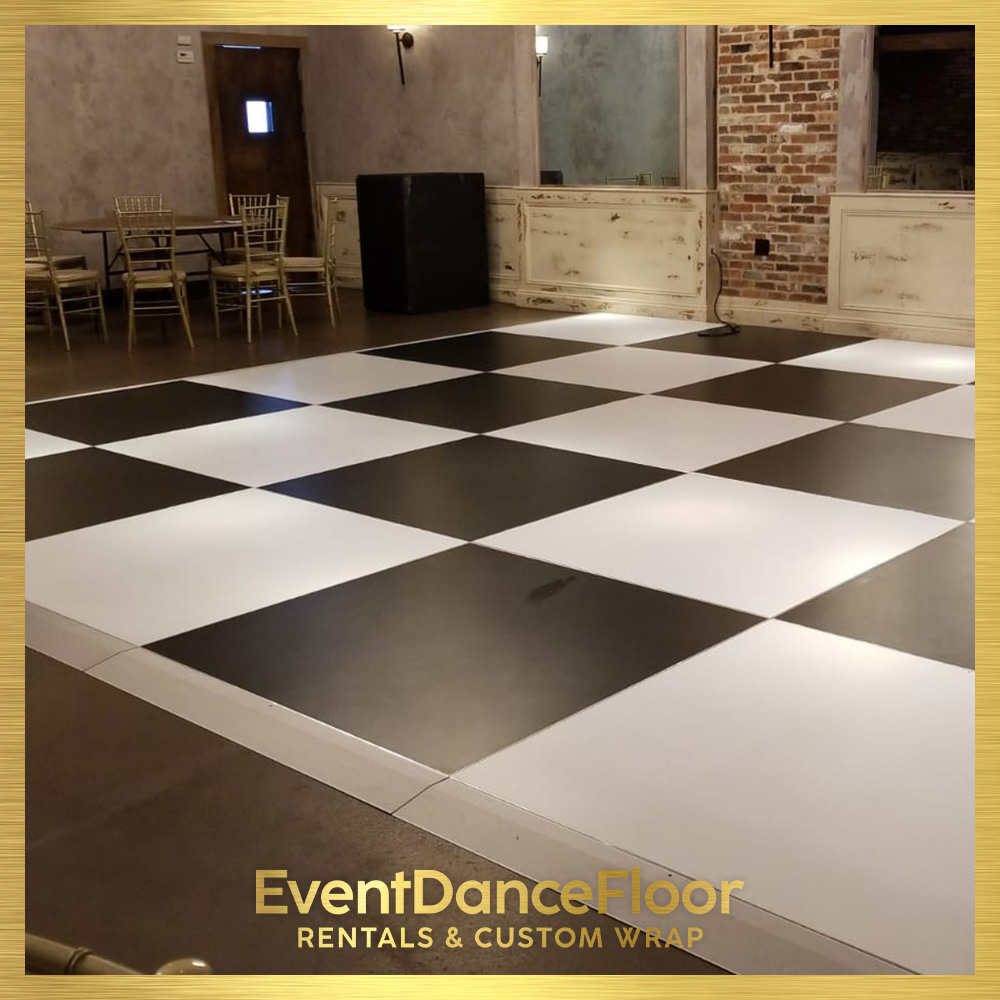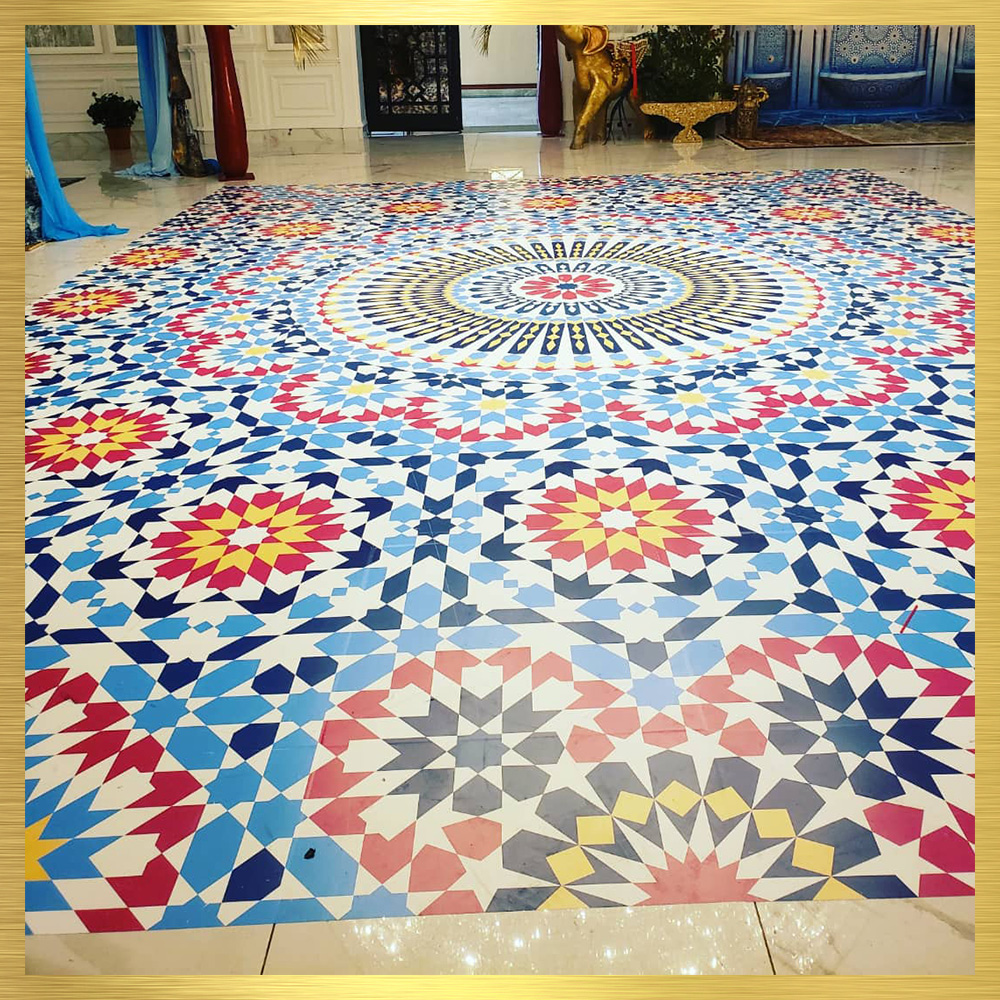Frequently Asked Questions
The optimal dimensions for a versatile dance floor that accommodates various styles of dance, such as ballet, ballroom, hip-hop, and contemporary forms while maximizing space efficiency typically measure around 40 by 60 feet. This size allows for ample movement across the expansive surface area necessary for intricate choreography and group formations without overcrowding. Additionally, incorporating sprung flooring enhances dancer safety and performance capability by reducing impact during jumps and landings. The layout should also consider designated zones for partner work in social dances or larger groups in line dancing scenarios to ensure fluid transitions between different styles. Properly configured lighting can further enhance visual aesthetics during performances or classes while maintaining an inviting atmosphere conducive to creativity and expression within diverse dance genres.
Movable partitions can be seamlessly integrated into dance floor layouts to enhance the versatility and functionality of event spaces by allowing for dynamic reconfiguration based on specific needs. These innovative dividers enable quick transformations, facilitating a variety of setups such as intimate gatherings, large-scale performances, or workshops that require distinct environments within the same venue. By utilizing lightweight materials and advanced track systems, these partitions create soundproof zones while maintaining an open aesthetic during larger events. Additionally, incorporating acoustic panels within these movable structures can optimize sound quality for different activities like ballroom dancing or group fitness classes. The strategic placement of lighting fixtures around movable walls further enhances ambiance control and visual appeal during various thematic events. Ultimately, this integration fosters adaptability in spatial design while maximizing occupancy potential through effective resource management in multifunctional venues.
High-traffic areas in compact dance floors require flooring materials that combine safety and durability to withstand rigorous use while minimizing injury risk. Vinyl flooring is a popular choice due to its slip-resistant texture, resilience against scratches, and ability to absorb shock, which provides dancers with needed support during energetic performances. Another excellent option is engineered hardwood, offering both aesthetic appeal and robust wear resistance; it features a durable surface finish that can handle the impacts of frequent foot traffic while maintaining traction. Rubber flooring also stands out for its cushioning properties and superior grip, making it ideal for high-energy environments where falls could occur. Additionally, interlocking foam tiles provide versatility in design along with cushioning benefits but may not be as long-lasting as other options under extreme conditions. Each of these materials ensures an optimal balance between safety standards such as ASTM slip ratings and the longevity necessary for bustling dance venues or studios dedicated to various styles like ballet or hip-hop choreography.
Lighting design plays a crucial role in shaping the perceived size and ambiance of small-scale dance floors, influencing aspects such as spatial perception, mood enhancement, and audience engagement. By employing techniques like strategic uplighting, dynamic color washes, and focused spotlights, designers can create an illusion of depth that makes confined spaces feel more expansive. The interplay between shadows and highlights not only accentuates architectural features but also fosters a vibrant atmosphere conducive to movement and interaction among dancers. Furthermore, utilizing programmable LED fixtures allows for rhythmic synchronization with music tempos; this elevates emotional responses while fostering a sense of intimacy or euphoria within the space. Ultimately, thoughtful lighting choices—including brightness levels, color temperature variations, and fixture placement—can significantly transform how participants experience both the scale of their surroundings and the overall energy during performances on intimate dance floors.
To ensure effective crowd flow on limited-space dance floors during events, event planners can implement several strategic measures including the use of designated entry and exit points to minimize congestion, strategically placed barriers or ropes to guide movement patterns, and clearly marked pathways that encourage a natural flow. Enhanced lighting design can create focal points throughout the space while also preventing bottlenecks by illuminating key areas such as rest zones or refreshment stations. Additionally, employing experienced floor managers equipped with communication devices allows for real-time adjustments based on crowd dynamics. Integrating interactive elements like pop-up performances or immersive installations can disperse attendees across the dance floor rather than clustering in one area. Furthermore, utilizing mobile app notifications could inform guests about peak times at specific locations within the venue, thereby distributing foot traffic more evenly over time and enhancing overall attendee experience without compromising safety protocols related to overcrowding.

